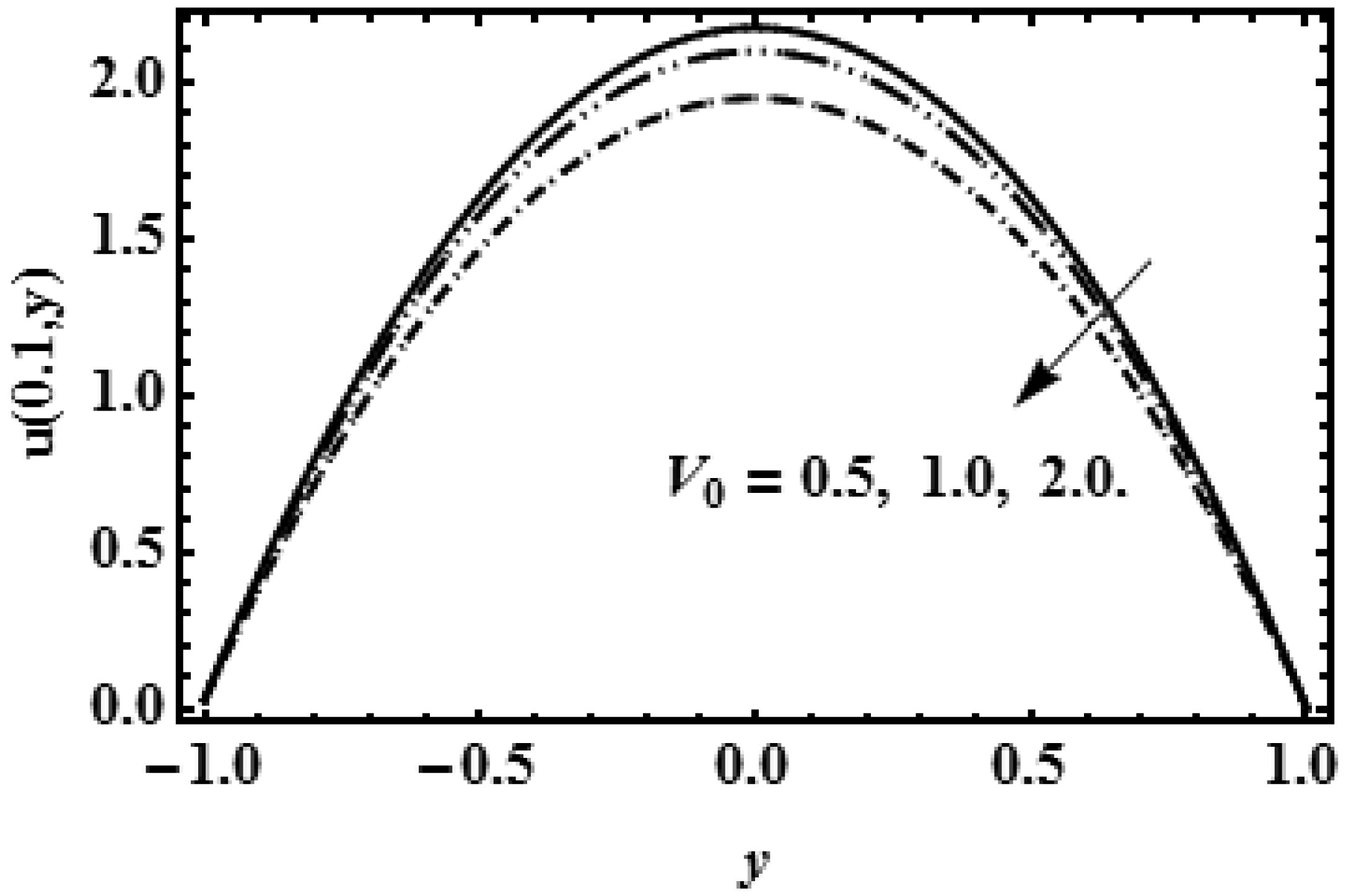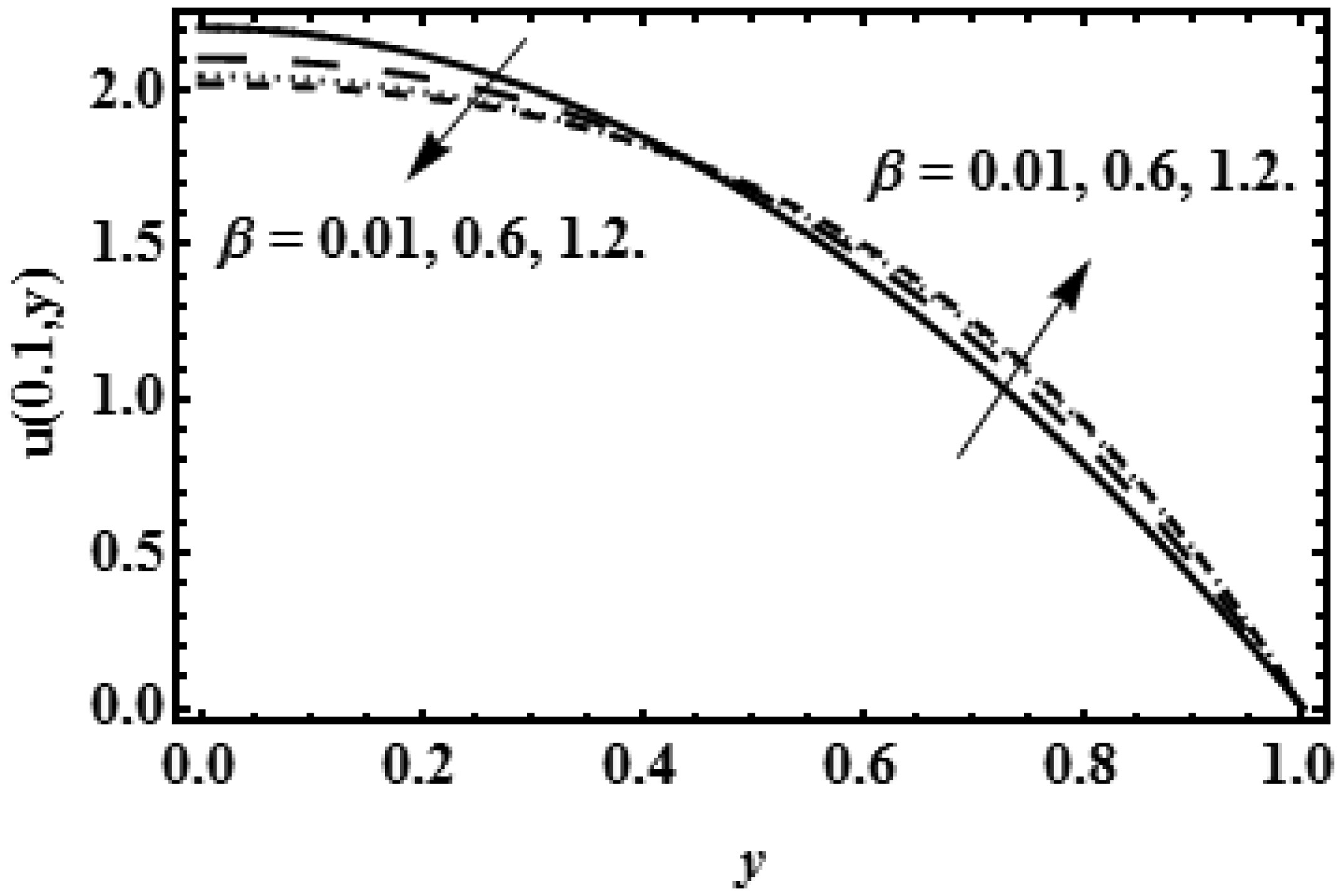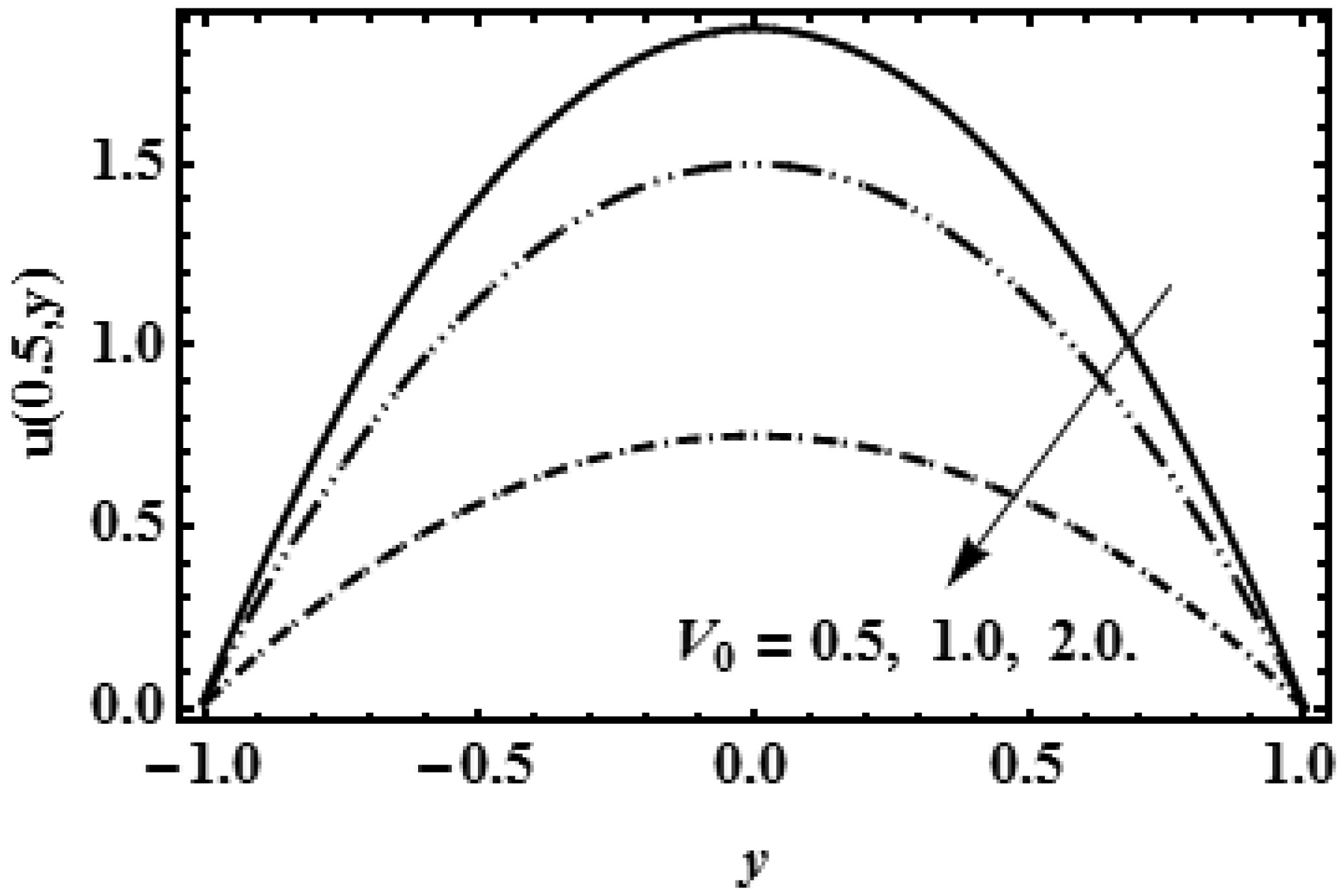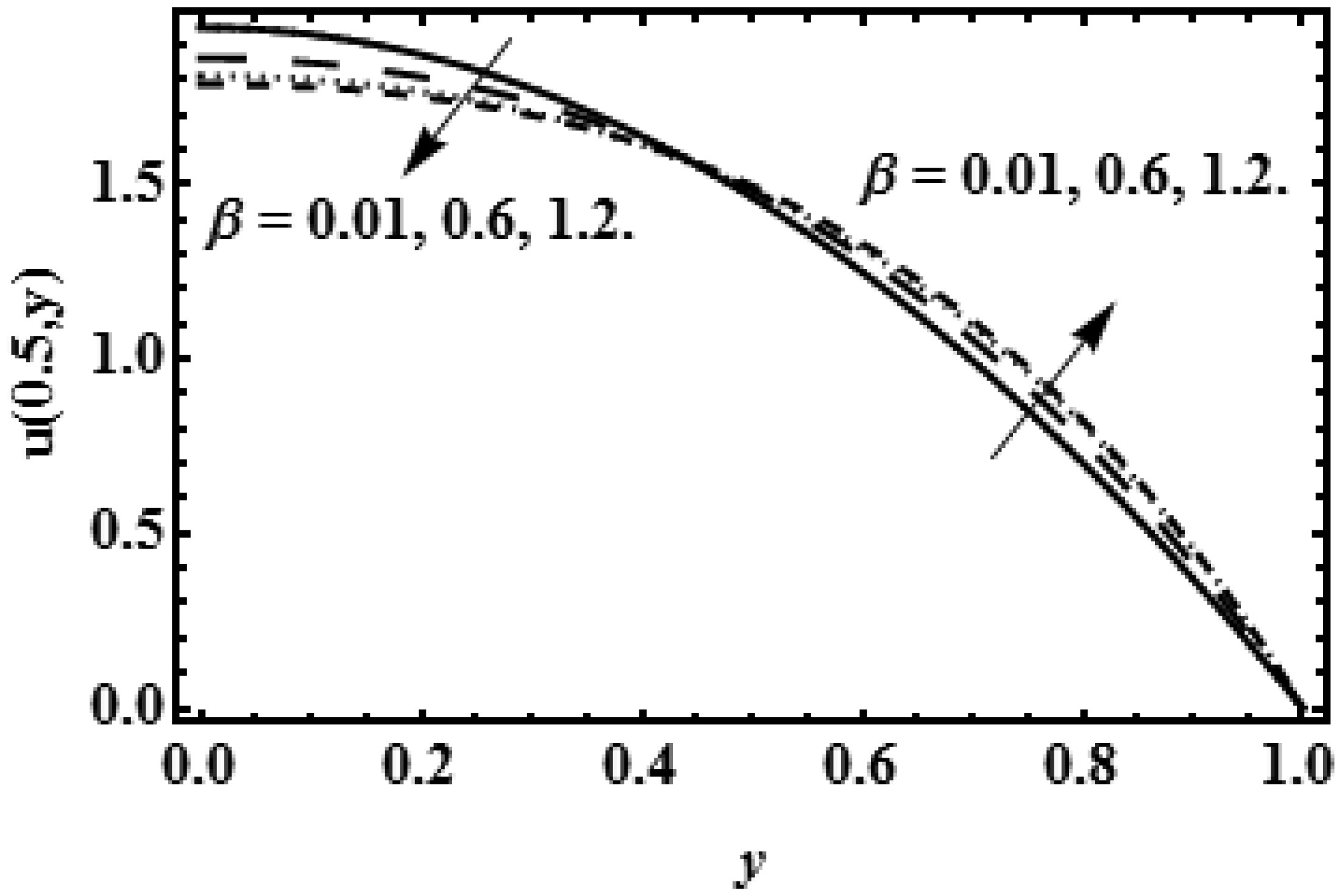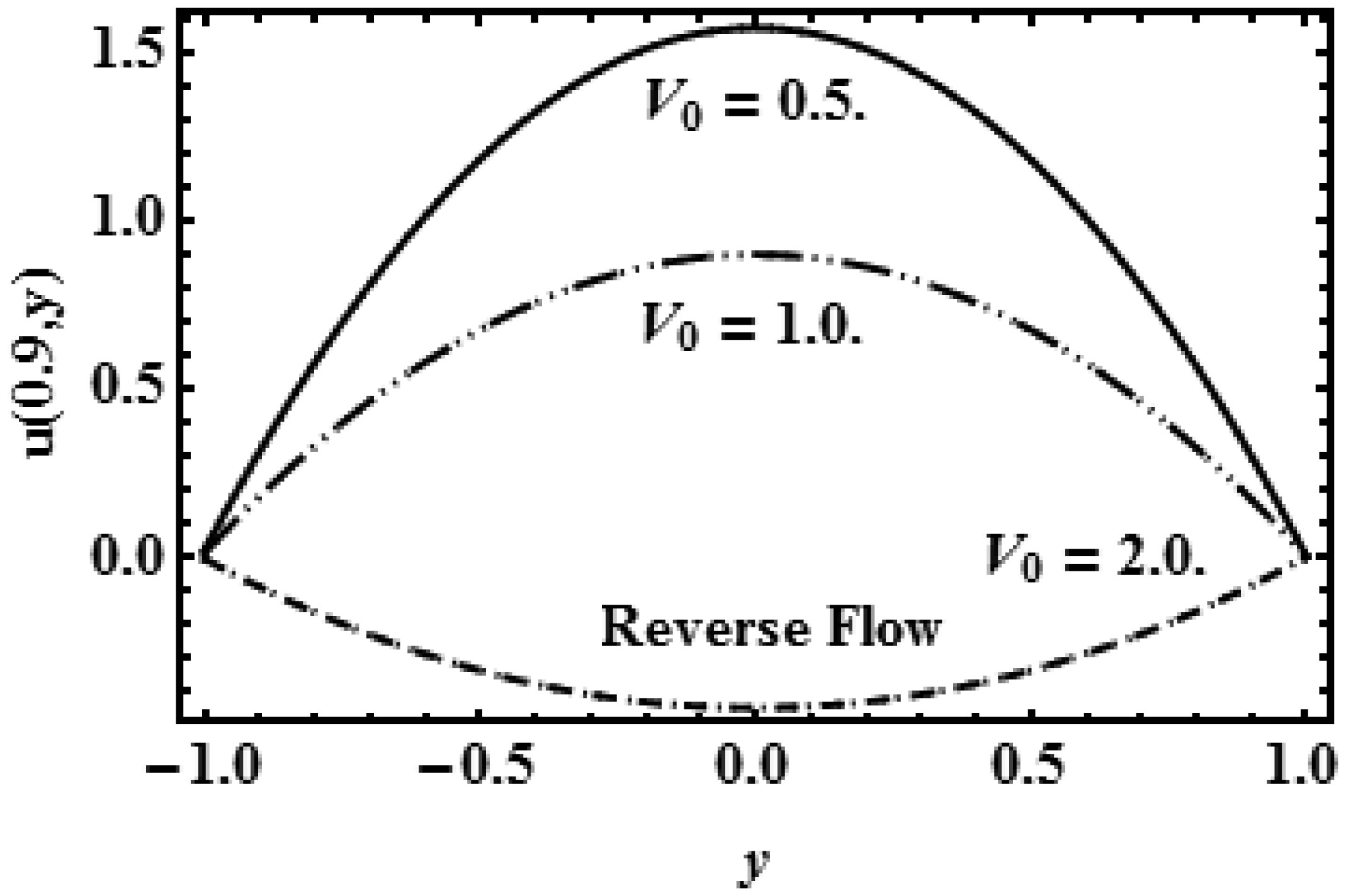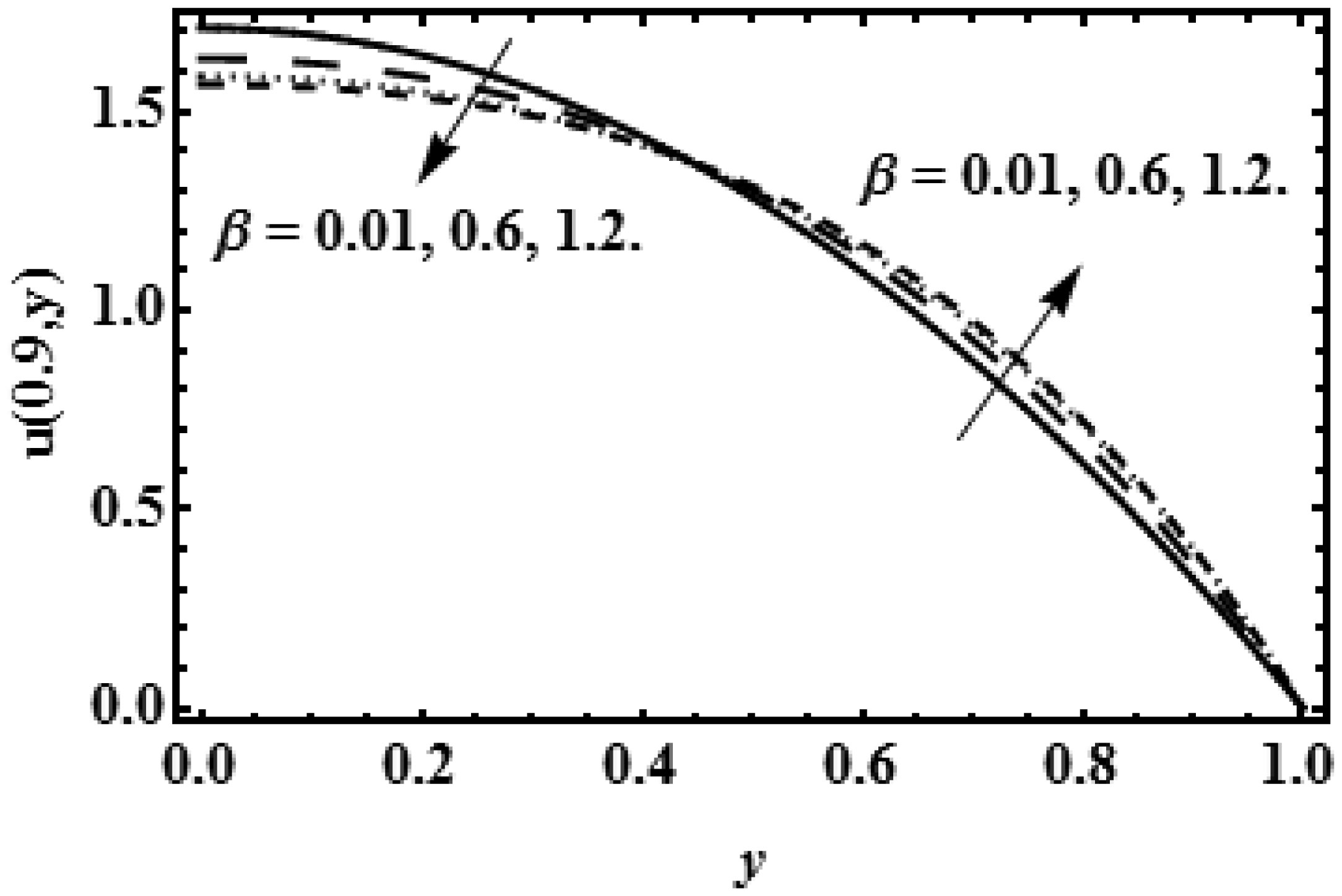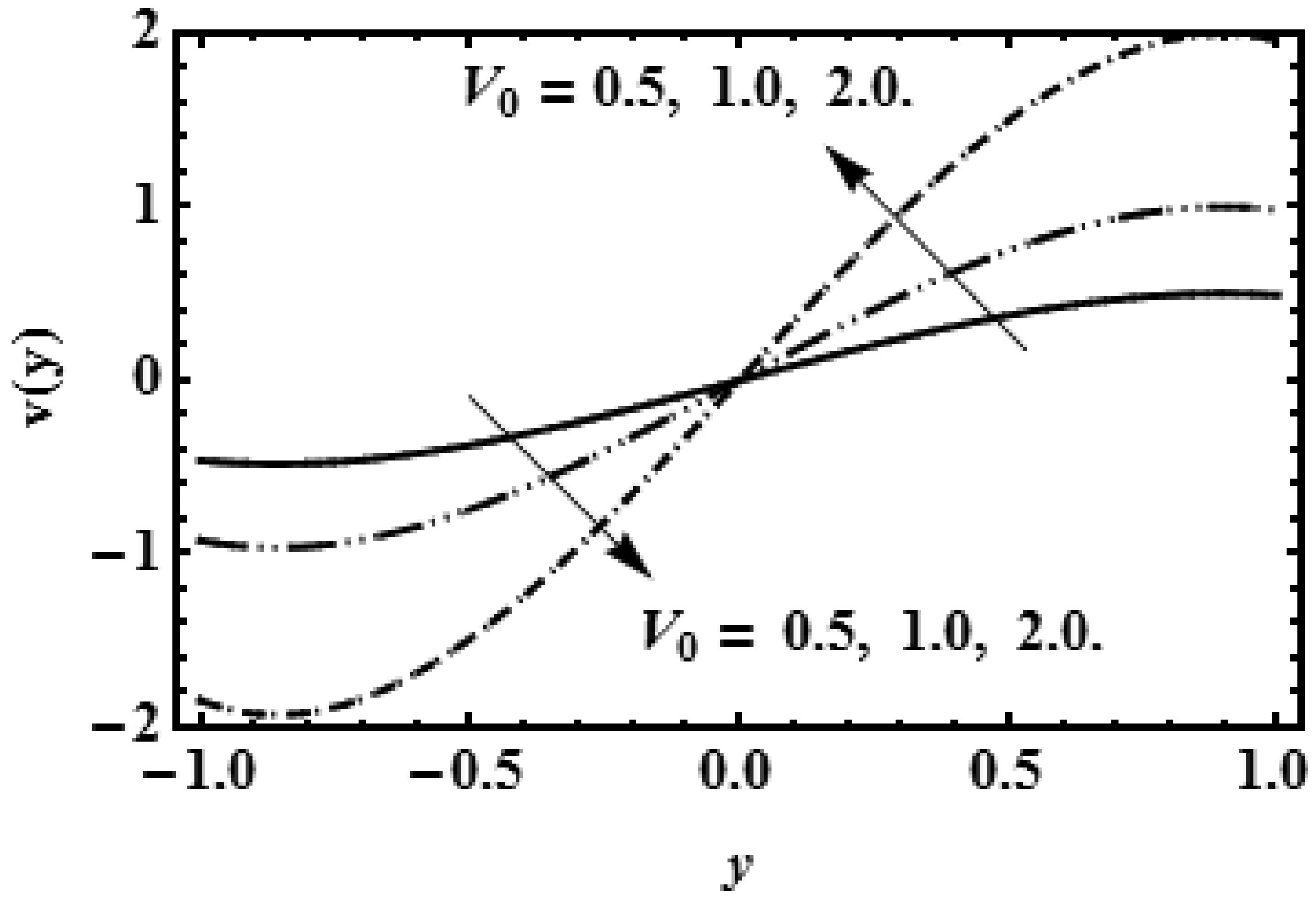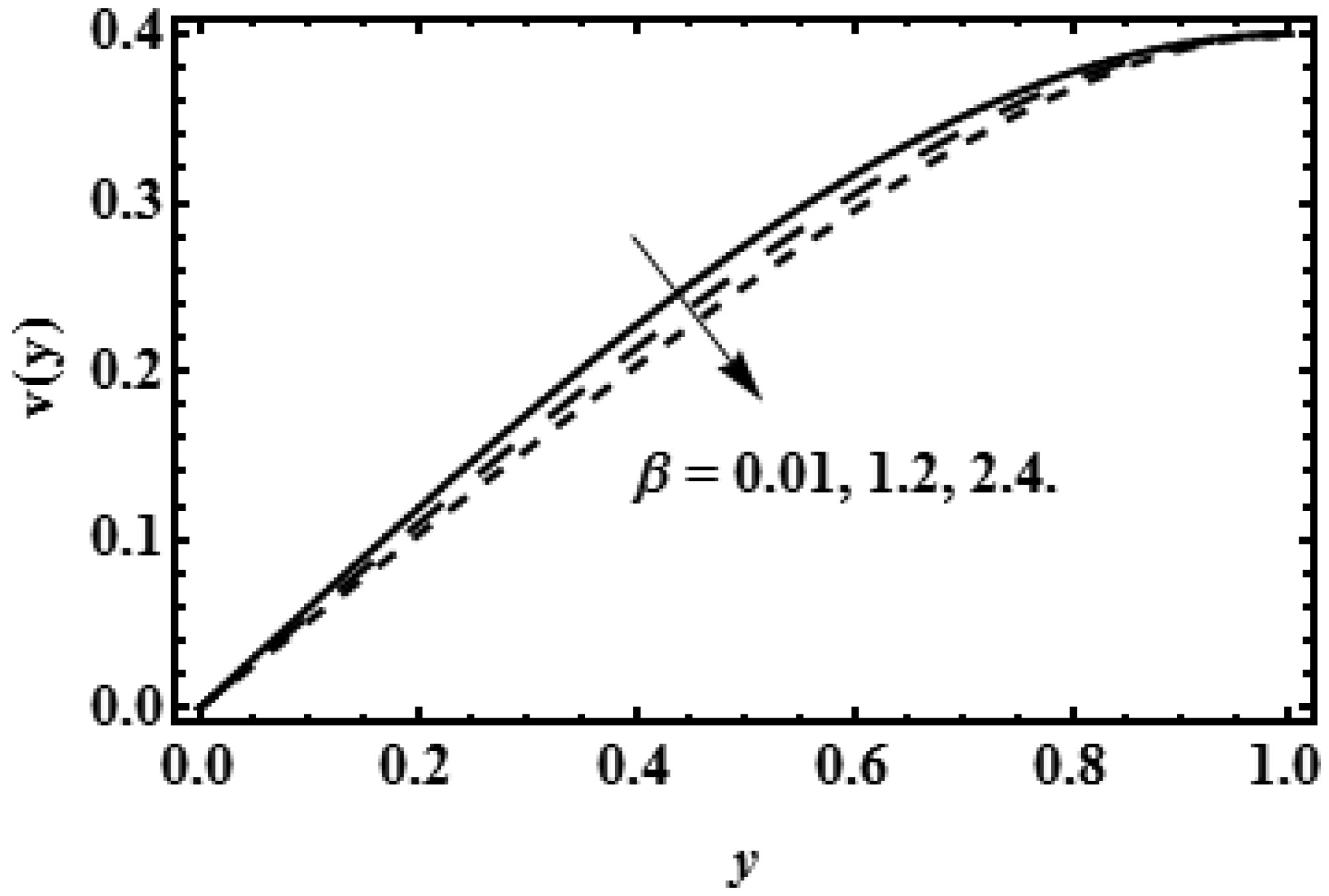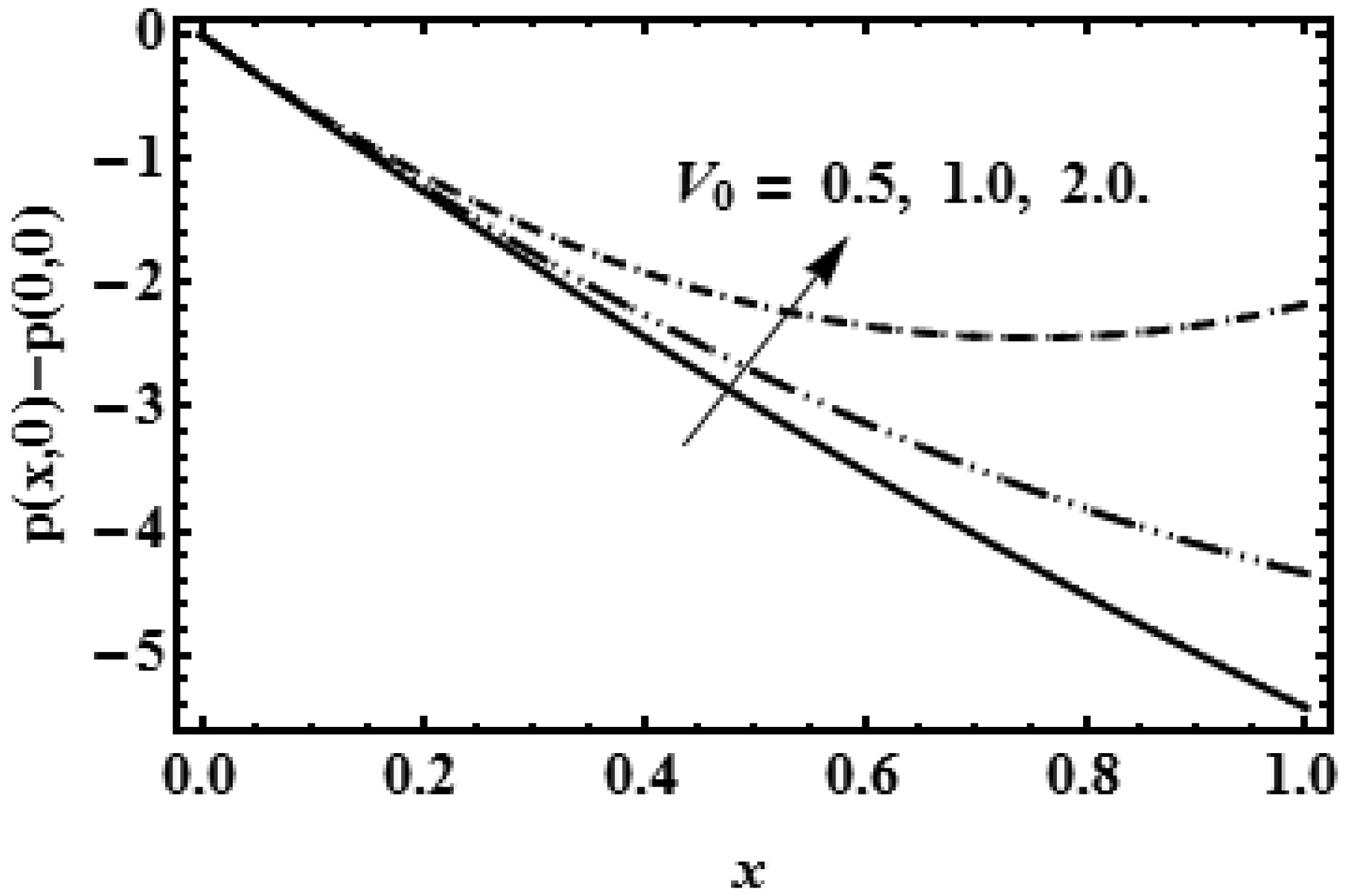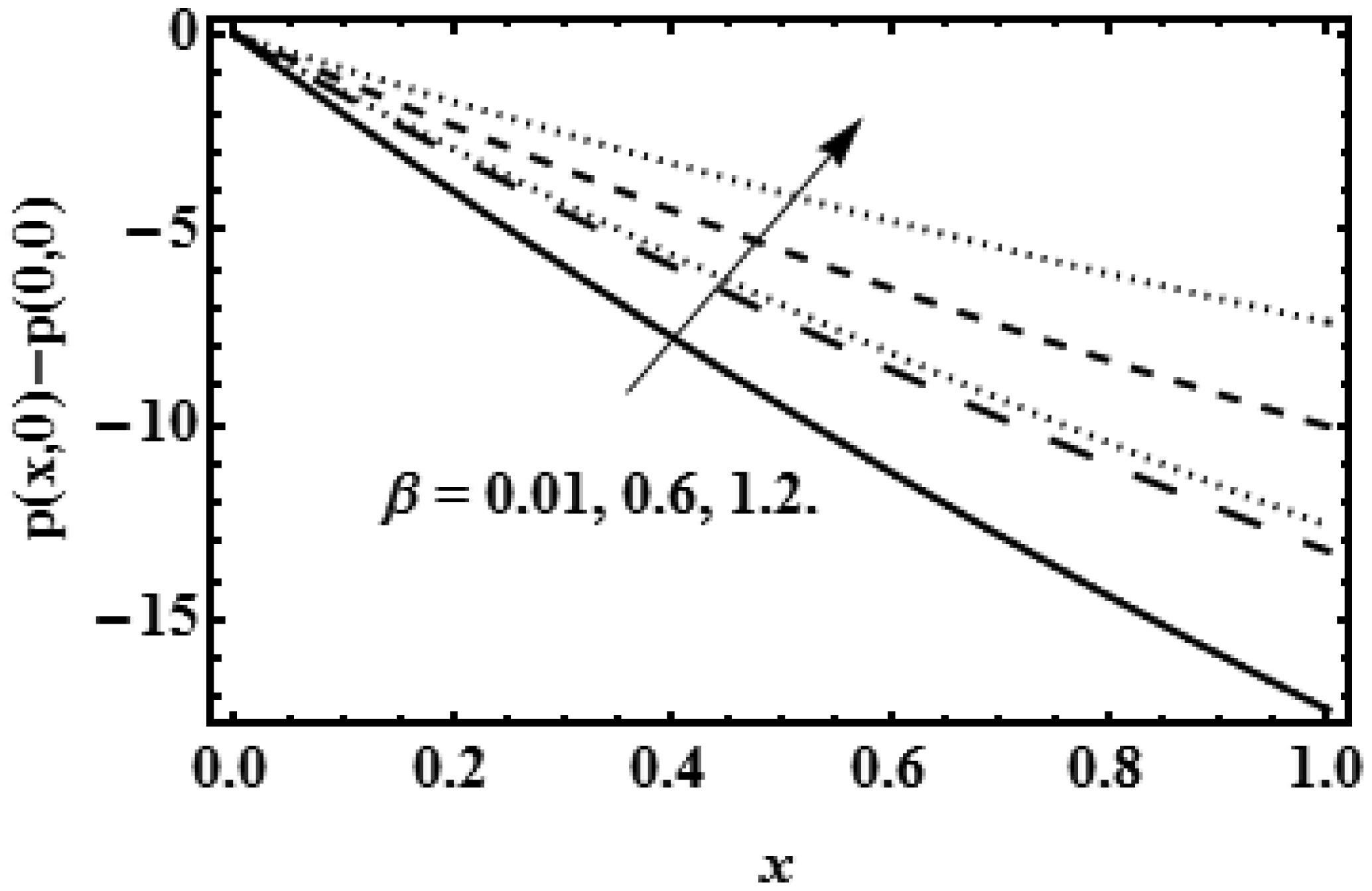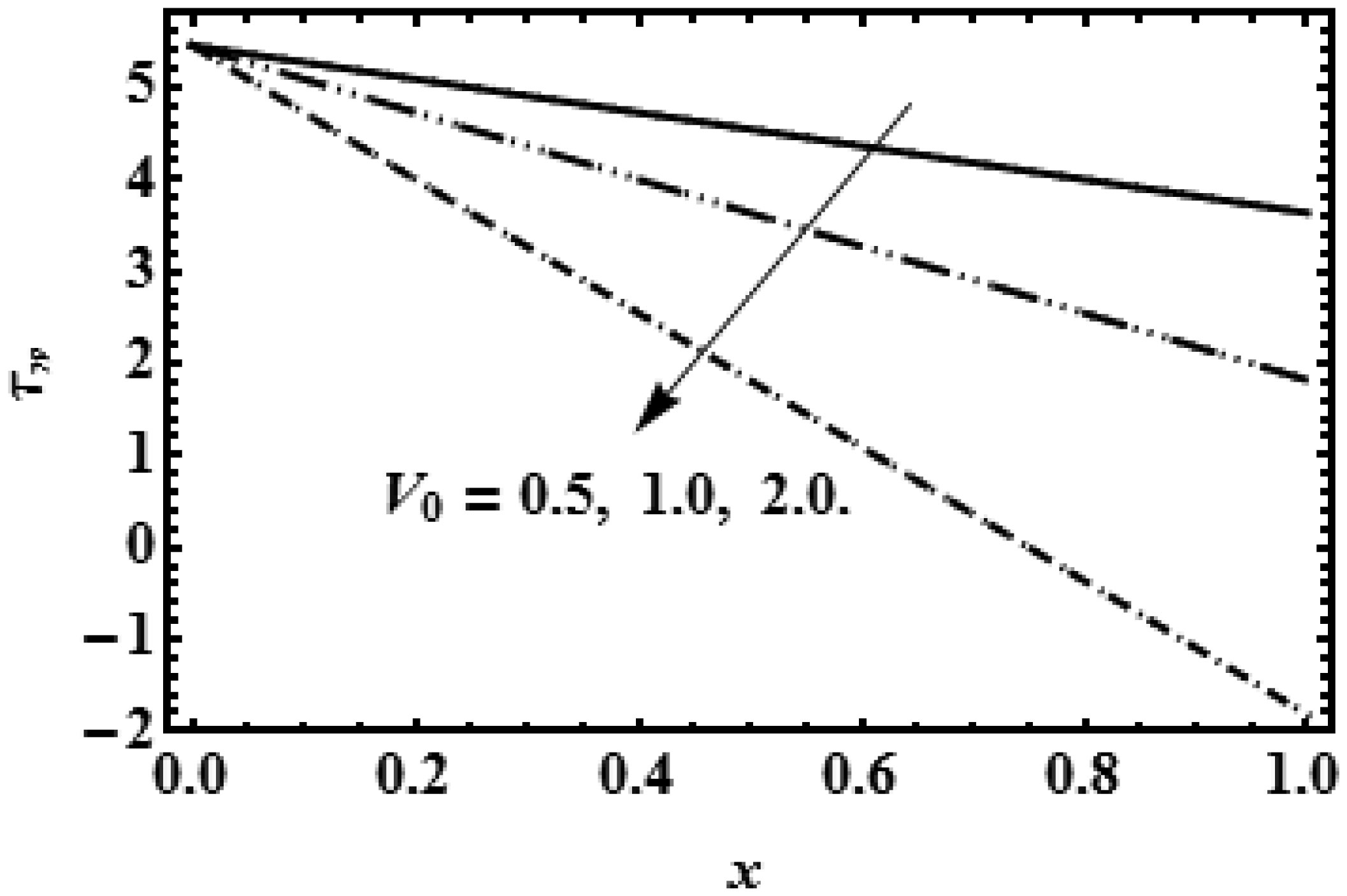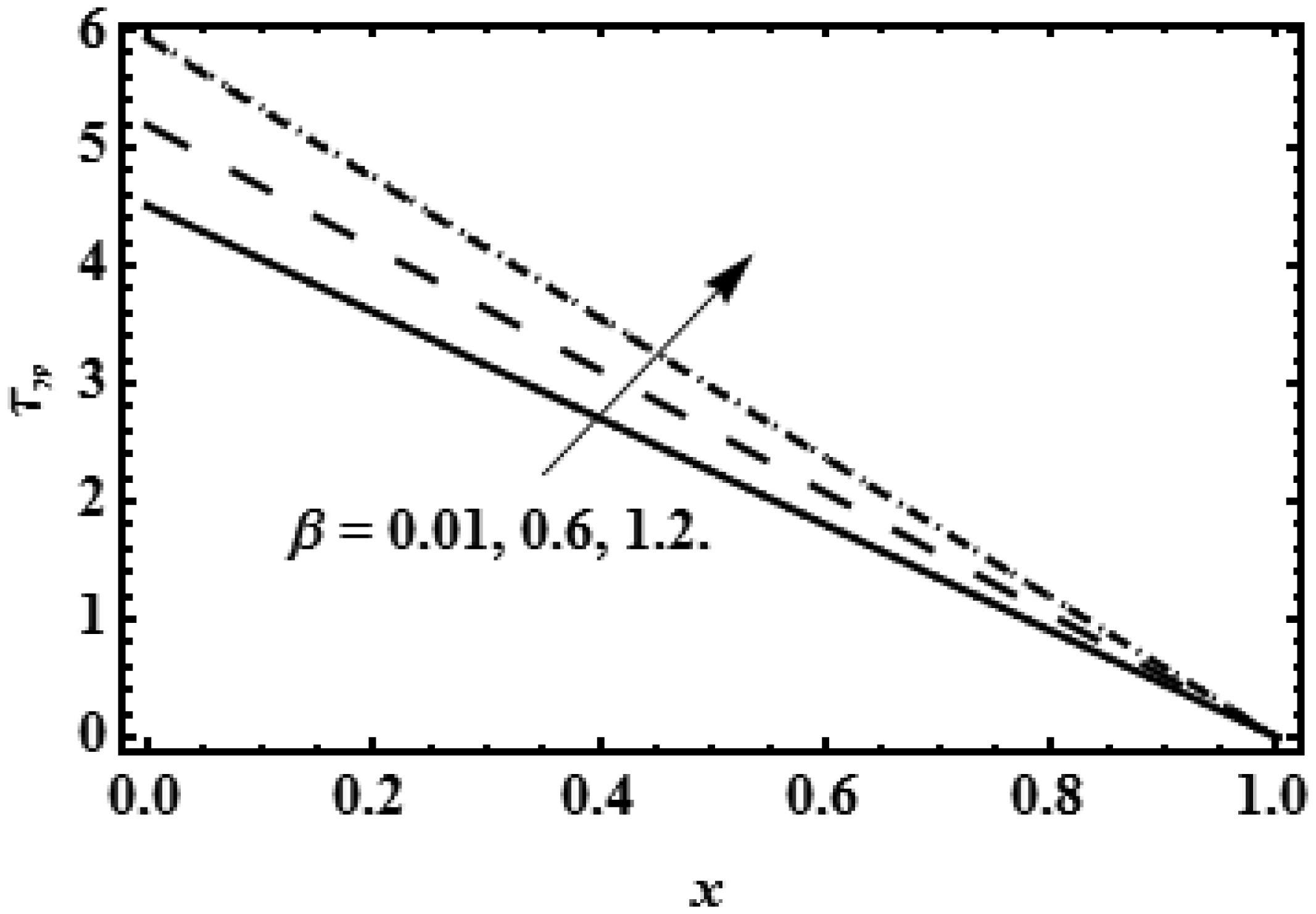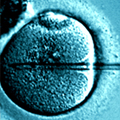1.
Introduction
The microstructure of portable artificial kidneys is responsible for the blood filtration and urine formation (mechanical process of biofluid) which acts as a micromachine due to very small size but do the complex process of reabsorption, filtration, excretion and secretion in its different parts. Kidneys contain renal speck and renal tubule; renal speck is further split into glomerulus and Bowman's capsule where blood is filtered through the glomerulus circulates and filtered blood then comes to the renal tubule where reabsorption takes place. Within the nephron, glomerular purification comprises on reflexive movement of blood plasma from glomerulus capillaries to the Bowman's capsule that is easily permeable to H2O, small solutes like urea, sodium ion, and glucose but not porous to hemoglobin and platelets. The next part of the renal tubule is the proximal convoluted tubule (PCT) where effective and reactive transport take place to reabsorb glucose, sodium chloride, and water from the glomerular filtrate. The current model describes biomechanics of plasma having variable viscosity depending upon the distance from centre to the proximal tube wall that is the main segment of kidneys where constant reabsorption and filtration take place.
Different studies of viscous flow through renal tubule having permeable wall property with constant, linear and nonlinear rate of reabsorption have been discussed. Burgen et. al. [1] introduced a study of viscous flow through kidney with glucose reabsorption and developed mathematical equations for solute reabsorption and used the results to check the high affinity of glucose. The dynamics of biofluid through renal tubule and flow behavior in the presence of constant reabsorption on the wall has been discussed by Macey et. al. [2]. He analysed the viscous flow through infinite cylinder using the Navier Stokes equations with constant and linear reabsorption on the walls of cylinder and noticed the Poiseuille flow for constant reabsorption and for the linear reabsorption the flow lines become flattens instead of curve lines. The dynamical properties of the viscous flow through a permeable tube had been examined by Marshall et. al. [3] and found the exact solution with the help of Navier-Stokes equation for velocity and pressure using the Darcy's law also, the approximate solution for the leakage flux has calculated for the proximal renal tubule. Berkstresser et. al. [4], Tewarson et. al. [5] and Gupta et. al. [6] introduced the numerical and analytic techniques for the solution of mathematical model of viscous flow through renal tubule. Ahmad et al. [7] discussed the exact solution of viscous flow through the renal tube and showed the periodic flow in radial direction of the tube. Muthu et al. [8] presented the finite difference method to find the viscous flow through the cross section of tube with permeable boundary, he found the axial velocity and mean pressure generated by the reabsorption on the wall and flux on the axial direction. Koplik et al. [9], Pozrikidis et al. [10], Kropinski et al. [11] and Haroon et al [12] obtained the results for volume flow rate, glucose reabsorption, velocity and shear stress for Newtonian flow through permeable tube and slit by different methods. They found the slip and no slip effect on the velocity, leakage flux, flow rate and used the resulting formulas to find the reabsorption rate and mean pressure against the fractional reabsorption.
The viscosity of plasma filtered in kidney is not a fixed quantity, but it changes according to the diameter of proximal tubule, also flow resistance in renal tube decreases strongly with reduced diameter of the tube which is less than 0.3mm as mentioned in the study of Gilmer et. al. [13]. The flow resistance of the fluid to be filtered in proximal tube is considerably the case of Poiseuille flow because of pressure gradient which describes that resistance in the flow is low at the centre of tube and high near the tube wall. Few studies have been presented the effect of viscosity on the blood flow through kidney (Lamport et. al. [14],[15], Gaylor et. al. [16] and Omori et. al. [17], Halfenstein et. al. [18], Mukhopadhyay et. al. [19],[20]) but in all these studies only theoretical and experimental data has been used. Recently, Mehboob et. al. [21] presented the effect of variable viscosity and constant reabsorption on the slow viscous flow through narrow straight tubule and found the formulas for the leakage flux, mean pressure drop and flow rate but this problem was formulated in cylindrical coordinate system. There is not a single study available in literature which describes the mathematical formulas of creeping flow having varying viscosity across the height of channel with uniform absorption on the permeable walls of the channel in rectangular coordinate system.
Keeping above studies in mind, it has been assumed that the viscosity is an exponential function of distance from the centre to the boundary and reabsorption on the wall is constant. In this paper to study the effect of exponential type of viscosity for the viscous flow through a kidney, authors have considered the uniform reabsorption on the wall and discussed the problem formulation in section 2, methodology of complex system is included in section 3, mathematical results are presented in fourth section, application of the problem is in section 5, discussion is in section 6 and conclusion is included in section 7.
2.
Materials and methods
The present mathematical model suggests that a viscous fluid across a rectangular cross section is flowing under the effect of constant flux applied at the entrance of slit. The -axis locating at the middle of rectangular slit and -axis in the vertical direction of centre line as mentioned in Figure 1, due to symmetric behaviour, the upper half of a rectangular slit has considered to reduce the calculations.
Since the kidney contains the proximal renal tube and movement in this tube is of Poiseuille type Layton et al [22] which requires that axial velocity is highest at the middle of slit that is stated in Eq (7). Since boundaries of renal tubule are permeable and reabsorption takes place through these boundaries at a constant rate which is stated in Eq (8). These hypotheses support to assume that thickness is a decreasing function of distance from base to the boundary, therefore in the current research authors have assumed the Navier-Stokes equation with non-constant viscosity. The current problem of two-dimension, incompressible steady state creeping flow through slit become complicated due to non-constant viscosity.
The suggested model recommends that movement of fluid through a slit satisfy the following flow field.
where u and v represents horizontal and transverse velocity components.
The fluid flow through the nephron is incompressible i.e density is constant throughout the flow field and satisfy the following continuity equation
The creeping viscous flow across a slit suggests that in the absence of inertia term NSE's with variable viscosity satisfy the following set of equations.
2.1. Exponential viscosity
Case I: µ(y)=e−βy
Since the viscosity is a decreasing function of radius of tube which is mentioned in Ref. (Gilmer et al [13]& Tripathi et al [23]) therefore, the variable viscosity in the following form has chosen
The assumptions of plasma flow through renal proximal tube and constant reabsorption on the permeable boundary satisfy the following boundary conditions
Stream function and velocity profile are associated by the following expressions
The above expressions of stream function and Eqs (3,4) give the following form
Eliminating pressure gradient from Eqs (10,11), one can write the following expression.
where ∇2=∂2∂x2+∂2∂y2 a and E2=∂2∂x2−∂2∂y2.
Boundary conditions in terms of stream function are given as follows
The non-dimensional quantities are chosen from Ref. [12]
where U0 is reference velocity, L is the length of slit, H is the height and W is the width of slit. Nondimensional form of Eqs (12-15) after releasing “*” take the following form
2.1.1. Solution of the problem
To get the solution of problem given in Eqs (17-20), Inverse method [12] is used which requires the following function.
where R(y) and T(y) represent unknown functions.
Invoking Eq (21) in Eqs (17-20), one can obtain the following set of equations
and boundary conditions are
Solving Eqs (22,23) under the boundary conditions (24-27), one can obtained the following expressions for R(y) and T(y)
and
Following stream function can be found after using R(y) and T(y) in Eq. (21)
2.1.2. Velocity distribution
With the aid of above stream function and Eq (9), one can get the next components of velocity
and
Above equations show that horizontal velocity u(x, y) depends upon x and y, also horizontal velocity is maximum at y = 0 i.e.
and v(x, y) is maximum at y = H.
Flow rate across the slit can be calculated by the following formula
or
which results from the inlet to the outlet of rectangular cross section.
2.1.3. Pressure
In biological movements pressure performs an important role therefore to find the pressure, Eqs. (9-10) with the help of Eq (31) and Eq (32) are reduced into the following form
Using R(y) and T(y), Eqs (37,38) take the following form
Integration of above expressions yield the following form
where f(x) i is given by as follows
where C is an arbitrary factor. Inserting Eq (42) in Eq (41), we can compose the subsequent form of pressure
where p(0, 0) shows pressure at creek of rectangular cross section.
The average pressure drop is defined as follows
After inserting value of p(x, y) − p(0, 0) from Eq (43), the above equation takes the following form.
Pressure drops over the length of rectangular cross section is given by the following formula
which reduces to
2.1.4. Wall shear stress
Shear forces are very crucial in the viscous flow with variable viscosity and support to find the resistance on plane which are penned as follows
Invoking Eqs (31,32) in above equation, we attained
2.1.5. Fractional reabsorption and leakage flux
The ratio of reabsorption to filtration rate can be measured by the following formula
Leakage flux is given by the following formula
2.2. Linear viscosity
Case II: µ(y)=1−βy
In this case we will take the following viscosity
After injecting Eq (52) and Eq (9) in Eqs (2,3), we get
Reducing pressure gradient from Eqs (53,54), one can obtain the compatibility equation in terms of stream function
where ∇2=∂2∂x2+∂2∂y2.
There will be no change in Eq (55) after using non-dimensional quantities given in Eq (16)
2.2.1. Solution of the problem
Substituting Eq (21) into the Eq (55) to get
On solving Eqs (56,57) under the boundary conditions (24-27), we get the solution
and
Invoking R(y) and T(y) into Eq. (21) to get the following stream function
2.2.2. Velocity field
With the aid of Eq (9) and Eq (60), flow field in axial and vertical direction are found as follows
and
Horizontal velocity is maximum at y = 0.
and v(x, y) is maximum at y = H.
Flow rate within the four-sided slit is attained by using Eq (61) in Eq (35).
2.2.3. Pressure distribution
To find pressure, Eqs (53,54) can be composed in following manner
By using Eqs (58,59) in Eqs (66,67) to get
Integrating Eq (69) yields
where H(y) is given by as follows
where C is an arbitrary factor. Using Eq (71) in Eq (70), we can write the subsequent form of pressure
where p(0, 0) shows the pressure at entrance of the slit.
Mean pressure drop can be find by substituting the value of p(x, y) − p(0, 0) in Eq (44) as follows
To get the pressure drop over the length L, invoke the values of p(0) and p(L) in Eq (47).
2.2.4. Wall shear stress
Invoking Eqs (61,62) in Eq (48) to attain wall shear stress
3.
Constant viscosity
Case III: If we apply the limit β → 0 on Eq 31, 32 and 43 and solving the resulting expressions by the L' Hospital rule, one can attain the results of constant viscosity µ which are same as mentioned in Ref. [12].
4.
Application to kidneys flow
We have utilized biological data of mammalian kidneys to find the values of V0 and Δp in artificial renal tubule which is assumed to be the permeable channel. In this study length of artificial renal tubule (slit) is chosen to be L = 0.12cm and height of slit has considered as H = 0.0005cm, average viscosity µ = 6.9×10−3dynsec/cm2, Q0 = 1.25×10−4cm3/sec, β = 2.5×10−3/cm and W = 0.1 cm (as H≪W) from Zhang et al [24]. Table 1 shows the calculated values of mean pressure and reabsorption rate for the constant and variable viscosity. As cited in Refs. (Mehboob et. al. [21], Layton et al [22], Korkmaz et al [25], Herranz et al [26] and Tortora et al [27] in usual conditions glomerulus pressure is assumed to be about 45mmHg (59995.07433675dyn/cm2) which is above the average pressure than that observed in tubes elsewhere in the body. It has stated in Table 1 the reducing values of reabsorption rate causes to lower the fractional reabsorption, but the average pressure drop in the renal tubule enhances with the falling values of reabsorption rate, also the assumption of variable viscosity indicate that average pressure drop is elevated as matched with the case of constant viscosity.
The results of this study are beneficial to measure the change in pressure compared to the fractional reabsorption because the viscosity of the liquid decay near the boundary which is the consequence of lubricating nature of permeable wall. The numerical values given in table 1 indicate that the various rate of reabsorption requires the different mean pressure which may be supportive for the patients of nephrotic disorder. The present data from table 1 also support the person that how much intake of fluid is needed to generate the mean pressure next to the filtration rate which has examined by the blood CP and urine test.
5.
Results
6.
Discussion
In this research the mathematical results of flow speed, flow pattern, pressure and shearing force are presented by the graphs which are plotted in software Mathematica under the effect of different values of reabsorption velocity V0 and viscosity parameter β at x = 0.1, x = 0.5, x = 0.9, which are entry, central and leaving points of the rectangular cross section respectively.
Figures (2), (4) and (6) show the decaying effect of reabsorption rate V0 on axial velocity at the points x = 0.1, 0.5, 0.9 on the slit and observe that decay is swifter near the center region (x = 0.5) but near the departure region (x = 0.9) back flow has been examined. It has been noted that near the centre of slit drift is highest due to change in pressure and near the borders of slit (y = h) the fluid movement become motionless due to deposition of the particles (reabsorption V0).
Figures (3), (5) and (7) explain the decelerating impact of viscosity parameter β on axial rate near the center of the slit at the points x = 0.1, 0.5, 0.9 of the slit. The axial flow rises away from the centre (y = h) and decays near the centre line (y = 0) due to the growing values of viscosity parameter β, because resistance at the boundary wall (y = h) makes the motionless flow at the boundary but the resistive forces become stronger near the centre of slit (y = 0) due to pressure gradient dpdx which helps to make the decreasing effect on axial velocity.
Figure 8 illustrates the variation of reabsorption rate V0 at the vertical direction of flow field, which displays the symmetry about the centre line (y = 0). The presence of reabsorption V0 indicates the growing effect on the transverse flow near the permeable membrane of renal tube. Decaying effect of viscosity parameter β on the vertical flow is displayed through the Figure 9, it is observed that the resistive force retards the movement of the fluid molecules in vertical direction.
The pressure p plays a vital role for the flow of viscous fluid, therefore graphical results for pressure p are displayed in Figure 10 and Figure 11. The decreasing effect of reabsorption velocity V0 on pressure difference is displayed in Figure 10 which shows that presence of reabsorption V0 on the membrane require the low change in pressure for the viscous flow through permeable channel and the pressure at the entrance x = 0.1 is high as compared with the other region x = 0.9 of the slit. Figure 11 indicates that rising values of β help to reduce the pressure difference from entry point x = 0.1 to the centre line y = 0, which is evidenced that decreasing viscosity β help to reduce the pressure for the viscous fluid flow.
When the fluid is in contact with the surface then wall shear stress is an important phenomenon on the boundary surface. The variation in wall shear stress against V0 is described in Figure 12 which shows the reduction in the shear stress on the wall with the mounting values of reabsorption V0. The constant reabsorption V0 on the wall helps to reduce the shearing forces on the permeable wall, which indicates that flow across the tube move easily without the large load. The rising values of parameter β results to improve the shearing forces on the wall because the growing values of β increases the resistance near the boundary wall which requires the high load for the fluid flow near the boundary.
The pattern of the flow field can be observed by the streamlines which are plotted in Figure 14 (a-c) and Figure 15 (a-c). It is examined that addition in reabsorption velocity V0 triggers the number of lines which indicates that the fluid is becoming thin in the presence of reabsorption V0, but the number of streamlines reduces with the mounting values of viscosity parameter β which indicates that fluid is going to be thin, and it contains more resistance for the fluid flow.
7.
Conclusions
This research presents the mathematical modelling of plasma flow through the renal tube, the two-dimensional slit in rectangular coordinate is considered in the analogy of proximal renal tube and viscous fluid is assumed as a plasma with variable viscosity from centre line to the boundary surface due to reabsorption on the permeable wall. The complex mathematical model is solved by the inverse method and exact expression for flow speed, load, shear force and filtration are calculated. The application of the present study is presented with the numerical data present in the literature. The special cases for the linear and constant reabsorption are also obtained and observed that results of constant reabsorptions match with the existing results (Haroon et al. [12]) which validates the current research. The impact of reabsorption and viscosity parameter on the physical quantities of the flow field are observed through graphs. The numerical results of mean pressure and constant reabsorption against filtration rate show that constant viscosity of the plasma in slit requires less amount of average pressure but the biofluid having variable viscosity along the slit requires high average pressure for the fluid flow.
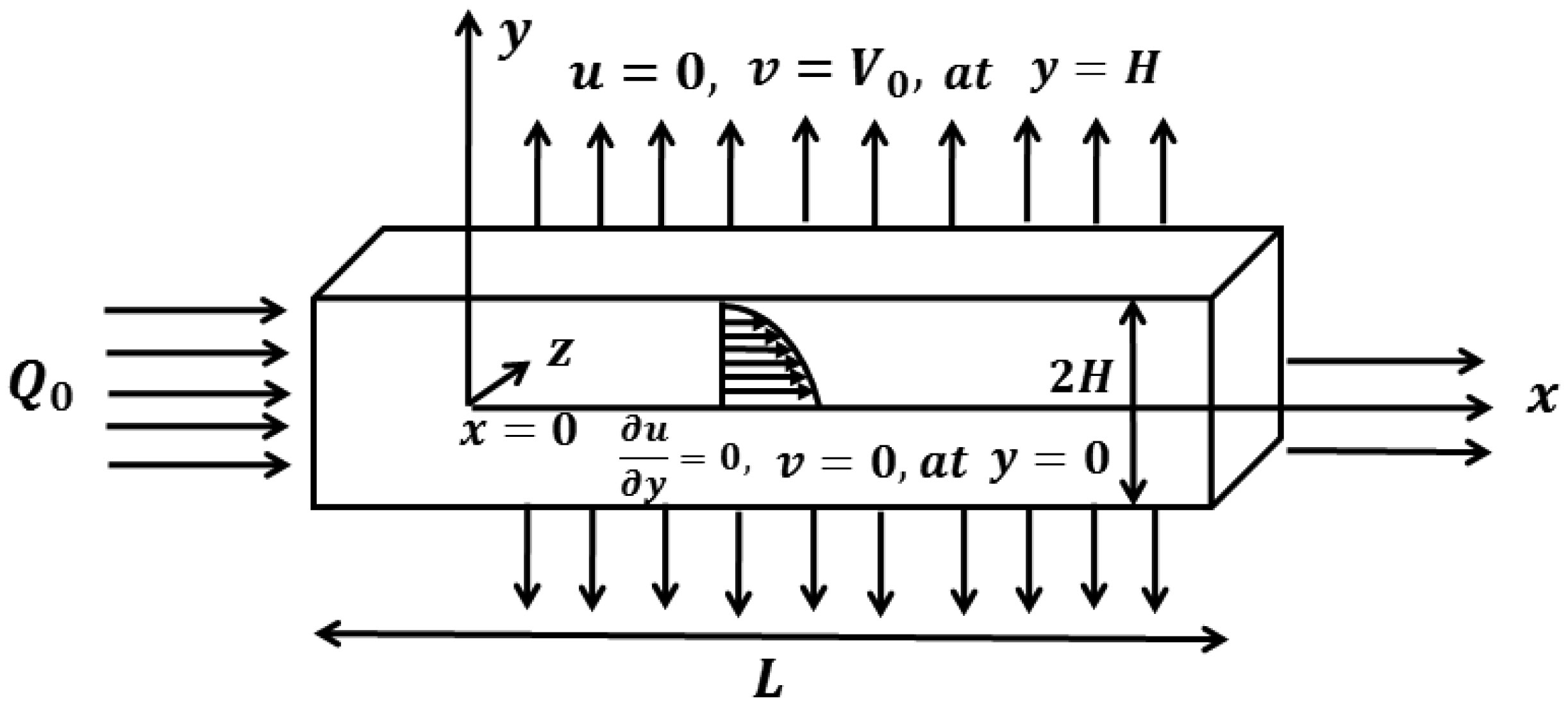









 DownLoad:
DownLoad:
